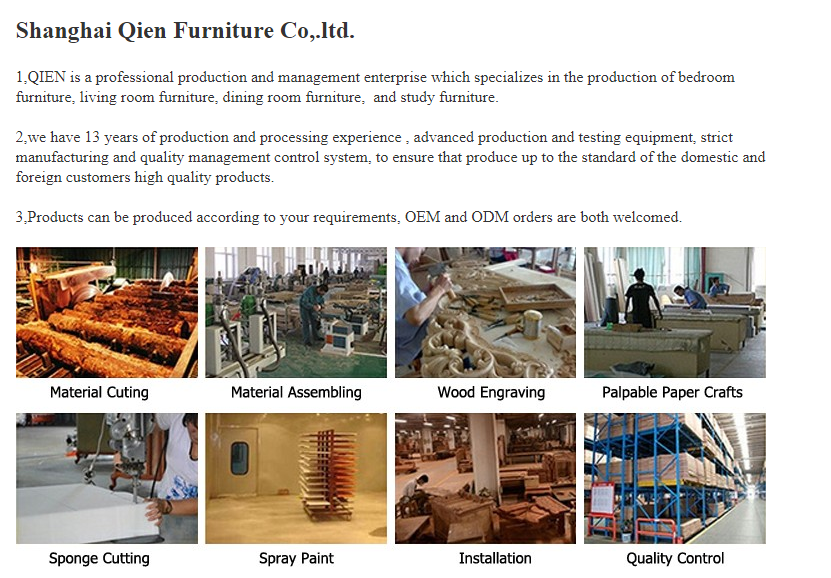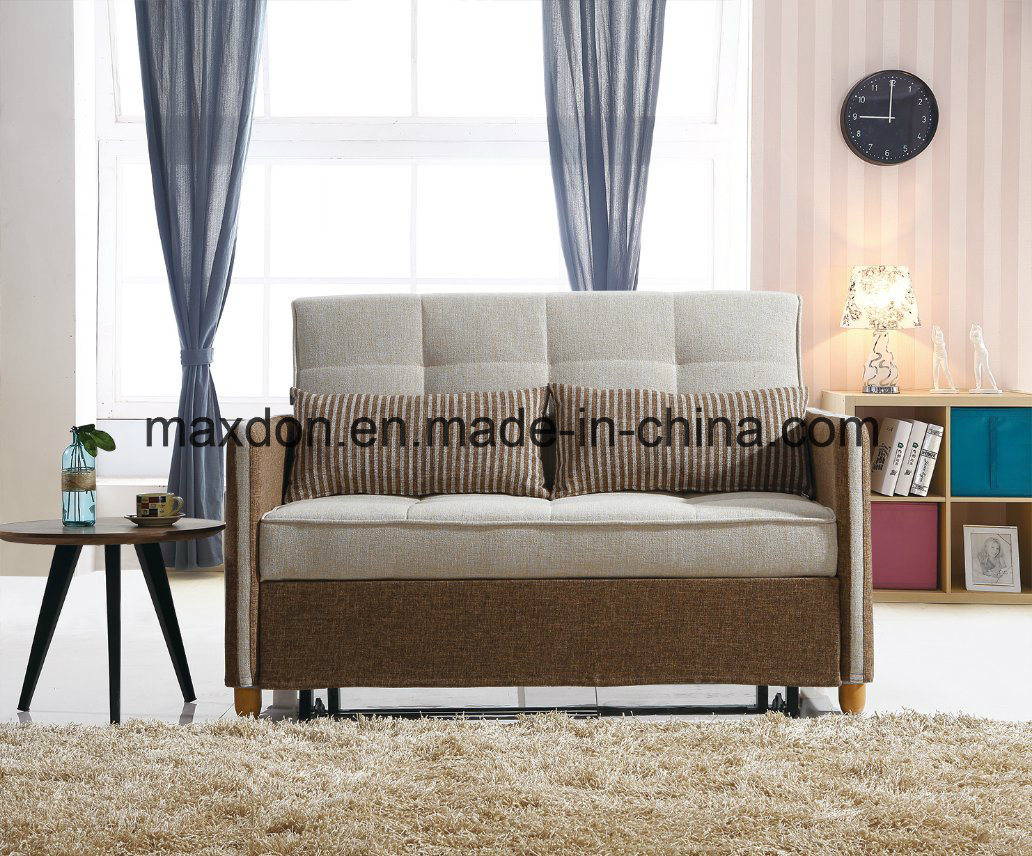Title: Are Fabric Sofas Containing Formaldehyde? - Understanding the Risks and How to Minimize Them
Fabric sofas are popular for their comfort and durability, but one potential concern is the presence of formaldehyde. Formaldehyde is a volatile organic compound (VOC) that can be released from certain types of fabric when exposed to heat, light, or moisture. While exposure to low levels of formaldehyde is generally not harmful to humans, higher levels can cause health issues such as respiratory problems and eye irritation. To minimize the risks associated with fabric sofas containing formaldehyde, it is important to choose furniture made from materials that are less likely to emit VOCs, such as natural fibers like cotton or wool. Additionally, it is recommended to regularly ventilate rooms where fabric sofas are used and to avoid using harsh chemicals or cleaning products that can release VOCs. By taking these steps, you can enjoy the comfort and beauty of your fabric sofa while minimizing the potential risks associated with VOC emissions.
Introduction:
The use of synthetic materials in furniture manufacturing has increased over the years, leading to concerns about the potential health risks associated with exposure to certain chemicals, including formaldehyde. While formaldehyde is commonly found in building materials, such as insulation, flooring, and paints, it is also present in some furniture, particularly upholstered items like sofas. This article will explore whether fabric sofas contain formaldehyde, the potential health risks associated with exposure, and ways to minimize these risks.

Section 1: Formaldehyde and its Health Effects
Formaldehyde is a colorless, strong-smelling gas that is naturally released by human cells during the process of metabolism. It is a known irritant that can trigger respiratory problems, such as wheezing, coughing, and eye irritation. Exposure to high levels of formaldehyde has been linked to an increased risk of cancer, especially for people who are already genetically predisposed or have a history of lung cancer. In addition, pregnant women and children are more vulnerable to the effects of formaldehyde due to their developing immune systems.
Section 2: Formaldehyde in Upholstered Furniture
Fabric sofas are often made from materials such as polyester, polypropylene, or nylon, which may contain small amounts of formaldehyde as a preservative. However, the amount of formaldehyde can vary depending on the manufacturer and the type of fabric used. To ensure that your sofa is safe, look for certifications like OEKO-TEX® STANDARD 100 RED or GREEN Label, which indicate that the product has been tested for harmful substances and meets specific safety standards.
Section 3: Minimizing Exposure to Formaldehyde

While it is impossible to completely eliminate exposure to formaldehyde altogether, there are several steps you can take to reduce your risk:
* Choose furniture made from low-VOC (volatile organic compounds) materials, which release less formaldehyde than synthetic fibers. Look for labels that indicate the material and the level of formaldehyde emissions.
* Regularly ventilate your home and keep the humidity level below 50% to prevent mold growth, which can produce small amounts of formaldehyde.
* Clean your furniture regularly using a vacuum cleaner with a HEPA filter or a mild detergent and water. Avoid using abrasive cleaners or strong chemicals that could release additional formaldehyde into the air.
* If you are sensitive to allergens or other pollutants, consider investing in an air purifier with a carbon filter or installing an air filtration system in your home.

Conclusion:
While fabric sofas may contain trace amounts of formaldehyde, most manufacturers take steps to ensure that their products meet safety standards. With proper care and maintenance, your sofa should not pose a significant health risk. By being aware of the potential risks and taking proactive measures to minimize exposure, you can enjoy the comfort and style of your favorite piece of furniture without worrying about harming your health.
Articles related to the knowledge points of this article:
Title: The Art of Pairing a Black Suit with a Tie
Title: Should You Wear a Tie to a Job Interview?



